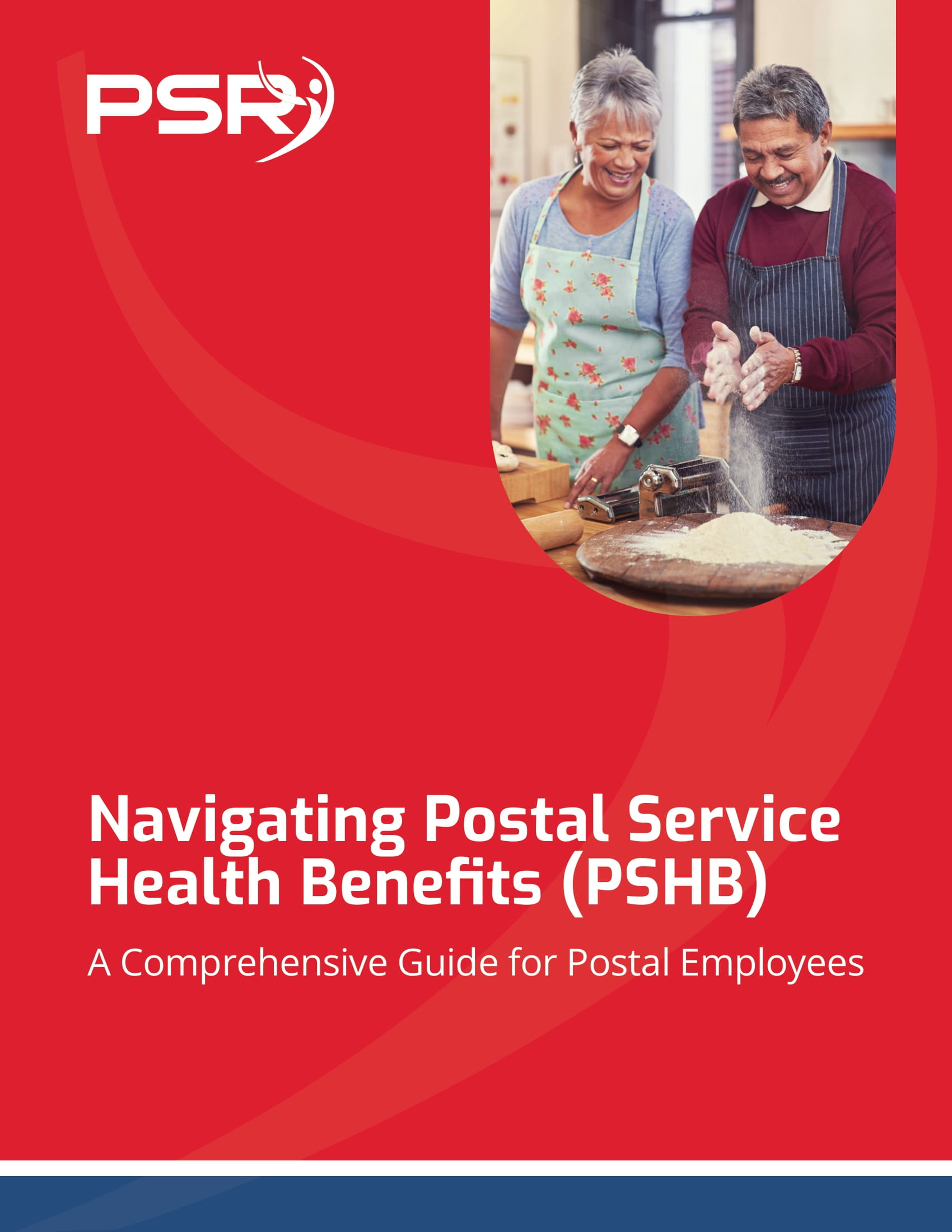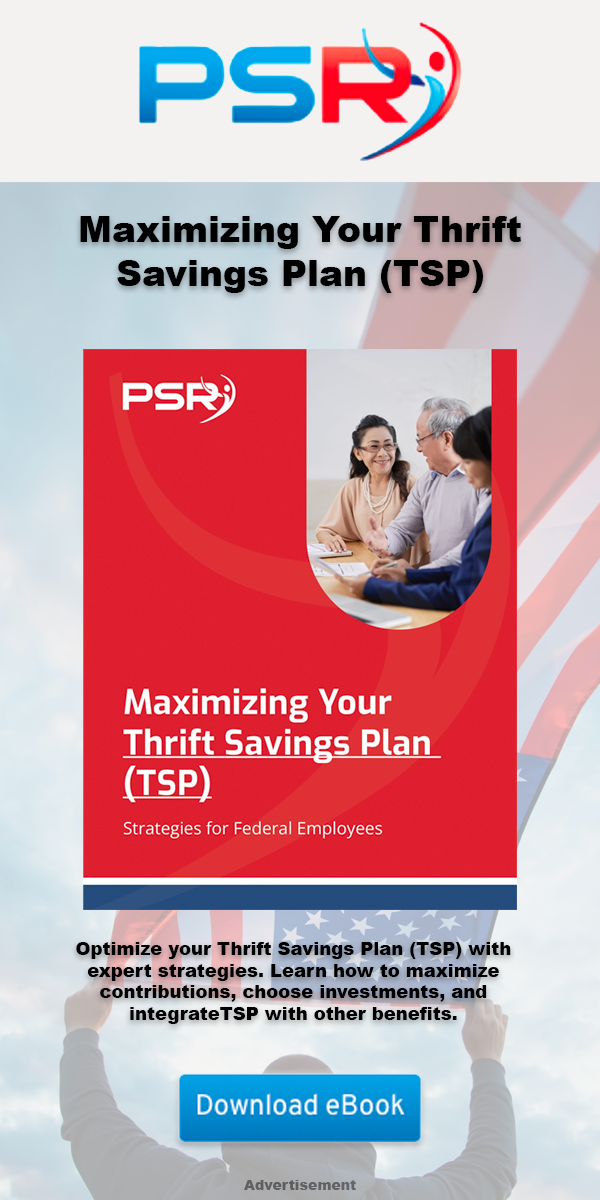Key Takeaways:
- A divorce settlement can significantly impact your federal pension, making it crucial to understand how your retirement benefits might be divided.
- Whether you’re under FERS or CSRS, knowing the nuances of pension division in divorce could save you from unpleasant surprises down the road.
Divorce can be one of the most emotionally and financially taxing experiences in life. As a federal employee, you might have built a solid foundation for your retirement, relying on years of hard work and the benefits that come with your federal pension. However, when a marriage ends, those carefully laid plans can quickly unravel if you’re not fully prepared for what’s ahead.
- Also Read: Why Federal Employees Are Exploring Alternatives to FEGLI as Premium Costs Continue to Rise in 2025
- Also Read: The Catch-Up Contribution Rules Just Got Adjusted—And They May Favor Some Age Groups More Than Others
- Also Read: How Federal Employees Are Adapting to New Early Retirement Incentives Across Agencies
Understanding the Basics: FERS and CSRS
Before diving into the specifics of how a divorce could affect your retirement, let’s take a moment to differentiate between the two primary federal retirement systems: FERS (Federal Employees Retirement System) and CSRS (Civil Service Retirement System). If you are under FERS, you contribute to both a pension and Social Security, and you can also take advantage of the TSP. For those under CSRS, which predates FERS, the pension is the cornerstone of your retirement plan, but you don’t contribute to Social Security.
Regardless of whether you’re in FERS or CSRS, your pension is a marital asset. This means that during divorce proceedings, your former spouse could be entitled to a portion of your pension. Let’s explore how this typically works and what you need to watch out for.
Marital Asset: What This Means for Your Pension
In many states, pensions earned during the marriage are considered a marital asset, meaning they’re subject to division during a divorce. Your federal pension, whether under FERS or CSRS, is no exception. The key to determining how much your former spouse will receive lies in the length of your marriage, particularly how many of those years overlap with your federal service.
-
Length of marriage matters: If your marriage lasted for 10 years or more while you were employed by the federal government, your former spouse might be entitled to a significant share of your pension. This is especially true in community property states, where assets acquired during the marriage are generally split equally.
-
Court orders determine division: It’s important to understand that the Office of Personnel Management (OPM) does not automatically divide your pension. A court order—specifically, a Court Order Acceptable for Processing (COAP)—must be issued to distribute the pension. This means that the terms of your divorce, as outlined in the settlement, play a huge role in determining how much of your pension your ex-spouse will receive.
How Much Could Your Ex Get?
The percentage of your pension that your ex-spouse could receive is typically based on the number of years of federal service during your marriage. In many cases, this is calculated using a formula that compares the years of marriage to the years of federal service. For example, if you were married for half the time you worked for the federal government, your ex-spouse could receive up to 50% of your pension.
There are additional nuances to consider:
-
Survivor benefits: Your ex-spouse could also be entitled to survivor benefits, which would allow them to continue receiving a portion of your pension even after you pass away. This is something that needs to be explicitly stated in your divorce settlement, and it can have a significant impact on your retirement planning.
-
Cost-of-living adjustments (COLA): If your pension includes cost-of-living adjustments, these increases may also apply to the portion of your pension that your ex-spouse receives. This could result in a larger payout over time, depending on inflation and the adjustments made each year.
Thrift Savings Plan (TSP): Another Target for Division
Your pension isn’t the only asset at risk in a divorce. Your TSP, which functions similarly to a 401(k), is also considered a marital asset. Depending on the specifics of your divorce settlement, your ex-spouse could be entitled to a portion of your TSP balance.
Here’s what you need to know:
-
Court order required: As with your pension, a court order is needed to divide your TSP. A Retirement Benefits Court Order (RBCO) must be issued to allocate a portion of your TSP to your ex-spouse.
-
Division options: Your TSP can be divided in several ways. The court might order a lump-sum payment to your ex-spouse, or they could receive a portion of the balance based on a percentage agreed upon in the settlement. It’s important to remember that any amount paid to your ex-spouse is deducted from your TSP balance, which can impact your overall retirement savings.
Health Benefits and FEHB: What Happens After Divorce?
Federal Employees Health Benefits (FEHB) coverage can also be affected by a divorce. Your former spouse will generally lose access to your FEHB plan unless they are eligible for coverage through a specific provision in your divorce settlement.
-
Former spouse coverage: In some cases, a former spouse may be able to continue their FEHB coverage through a Temporary Continuation of Coverage (TCC) plan, but they will need to pay the full premium, which can be significantly higher than the employee rate.
-
Alternate health coverage: If your ex-spouse isn’t covered under the TCC plan or another arrangement, they may need to seek health coverage elsewhere, potentially through the Affordable Care Act marketplace or another private insurance plan.
Timing Is Everything: When Your Pension Becomes Accessible
For many federal employees, pensions don’t start until you reach a certain age or retire after a minimum number of years of service. Under FERS, you may be able to retire as early as age 62 if you have five years of service, or earlier if you meet the Minimum Retirement Age (MRA) and have 30 years of service.
If you’re approaching retirement age and going through a divorce, it’s important to think carefully about the timing. If your divorce settlement is finalized after your pension starts, the division will likely take effect immediately. If it’s finalized before you retire, your ex-spouse may have to wait to receive their portion until you officially begin receiving payments.
How You Can Protect Yourself
While divorce can disrupt your financial plans, there are ways to protect yourself:
-
Negotiate terms: If possible, try to negotiate the terms of your divorce settlement in a way that minimizes the impact on your retirement. This could involve offering other assets, such as property or savings, in exchange for keeping a larger portion of your pension.
-
Legal advice: It’s crucial to work with an attorney who understands federal retirement benefits and can help you navigate the complexities of dividing these assets. Having expert guidance can ensure that your divorce settlement is fair and that you retain as much of your pension as possible.
-
Update beneficiaries: After a divorce, remember to update the beneficiaries on your TSP, life insurance, and pension. Failure to do so could result in your ex-spouse receiving benefits you didn’t intend for them to have.
Divorce Can Change Everything
Navigating a divorce is never easy, and when federal retirement benefits are involved, the stakes are even higher. Understanding how your pension, TSP, and health benefits might be divided can help you prepare for the financial road ahead. By staying informed and working with knowledgeable professionals, you can protect yourself from potential losses and secure a stable financial future.












